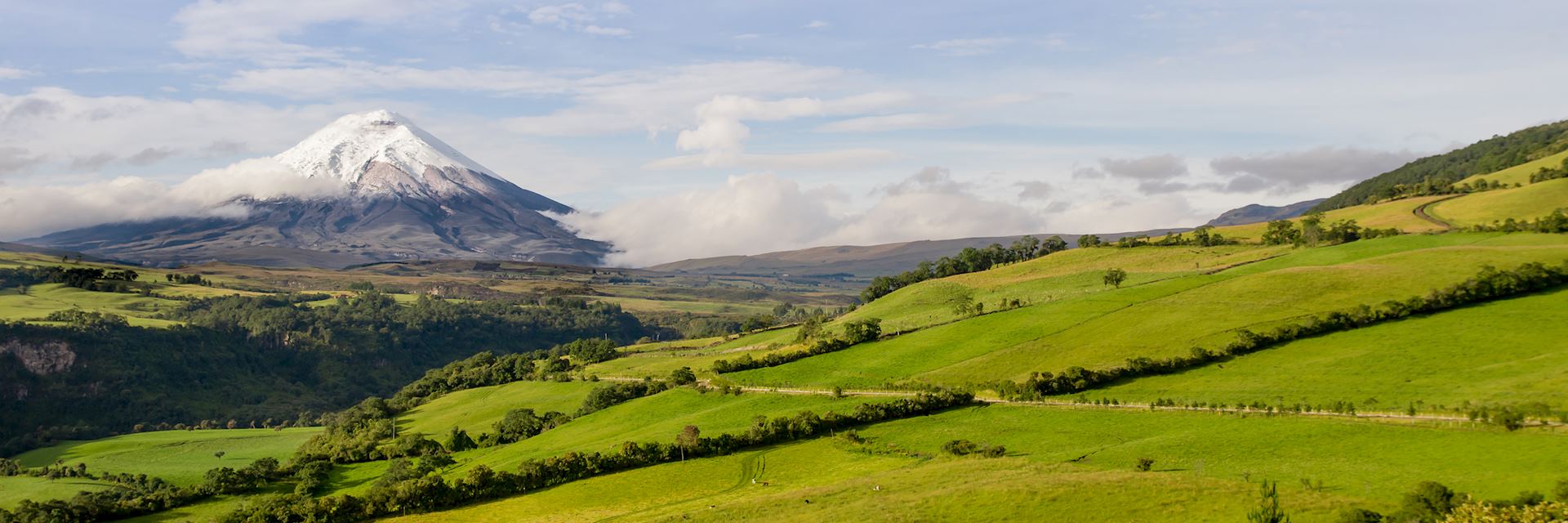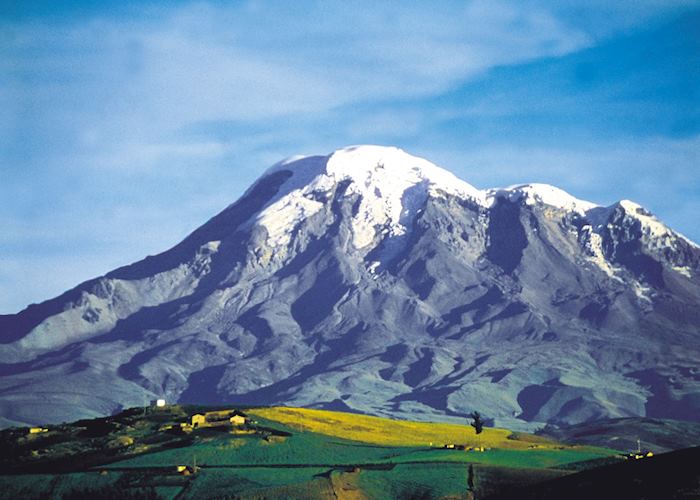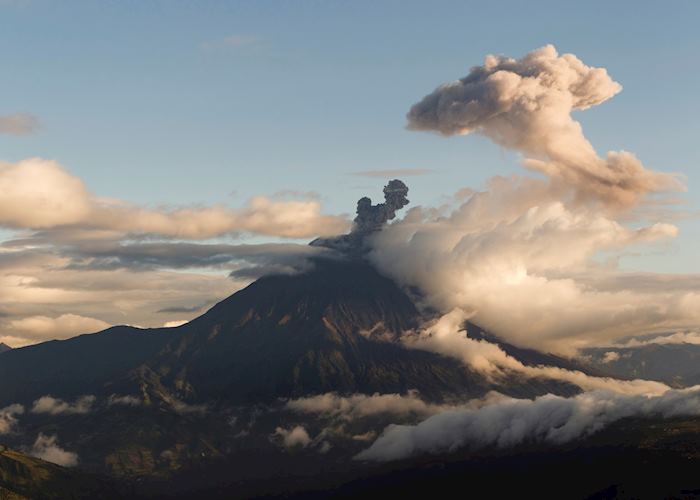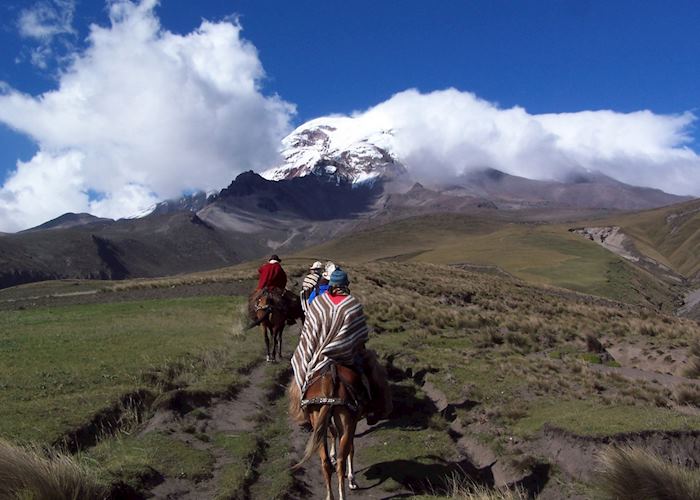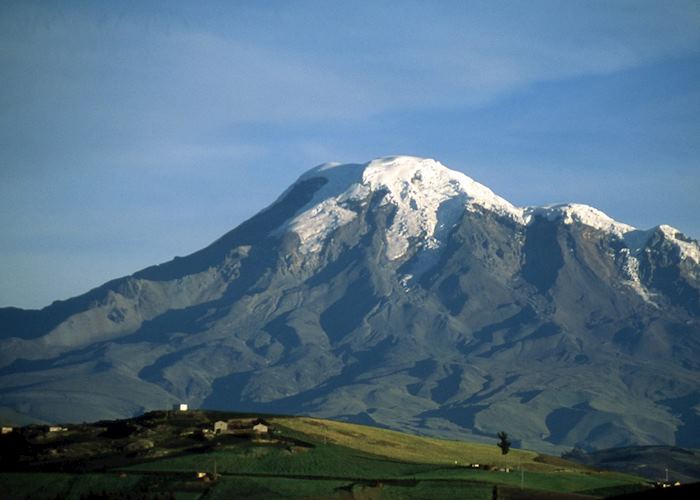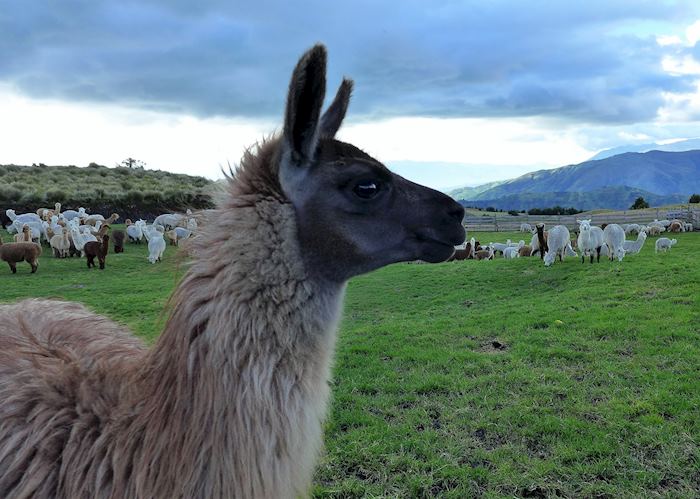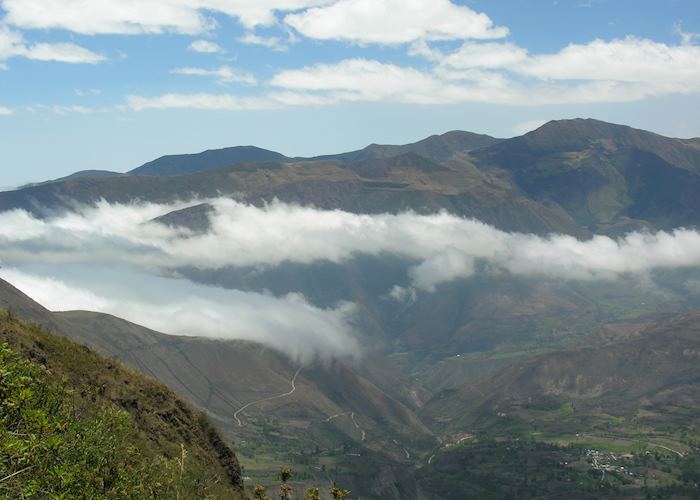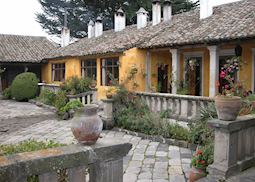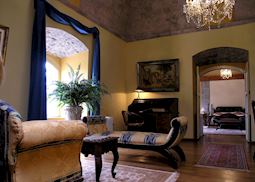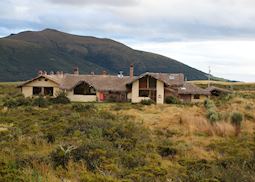Jump to:
The long and picturesque valley running through the heartland of Ecuador, connecting the capital of Quito with the country’s commercial hub, Guayaquil.
This corridor gets its name from the picturesque Andean scenery which enchants visitors making the journey through the county. Towering volcanic peaks rise above the patchwork of green and gold farmland below. The numerous national parks, towns, and cities visited along the way are home to an equally mosaic mixture of cultures.
Cotopaxi
The most imposing of the volcanoes is the perfect cone shape of Cotopaxi, the highest active volcano in the world. At its foot, its eponymous national park is an ideal place for spending the night in one of the local haciendas, from where you can enjoy a gentle hike, cycling, or some horseback riding.
The surrounding countryside is also peppered with indigenous villages which play host to vibrant local markets on different days of the week.
Quilotoa
 The crown jewel of the region between Cotopaxi National Park and the city of Riobamba is the breathtaking caldera lake, Quilotoa. Views of the topaz waters from the rim of the collapsed volcano are sure to be a highlight of the trip but hiking around the rim and kayaking along the ethereal blue-green water are also possible.
The crown jewel of the region between Cotopaxi National Park and the city of Riobamba is the breathtaking caldera lake, Quilotoa. Views of the topaz waters from the rim of the collapsed volcano are sure to be a highlight of the trip but hiking around the rim and kayaking along the ethereal blue-green water are also possible.
From outside of Riobamba it should be possible to take in views of the towering Chimborazo volcano, summit of which is the farthest point on the Earth's surface from the Earth's center.
Devil’s Nose and Ingapirca
Several plans and attempts were made to build a railway between Guayaquil and Quito between 1860 and 1874. An agreement was finally reached in 1899 and this is when construction of 'the most difficult railway in the world', as it was called at the time, began. The tracks reached a huge obstacle — an almost perpendicular wall of rock called 'The Devil’s Nose' which you will view from a viewpoint outside of the village of Alausi.
This part of the journey also includes a visit to the most impressive Incan ruins in Ecuador, the site of Ingapirca. The name of the site itself translates to Incan wall and the walls themselves are astonishingly well-built. During the Incan reign enormous rocks were cut with absolute precision and perfectly stacked without using any adhesive in the exact style of the more famous Machu Picchu and Sacsayhuaman ruins in Peru.
Cuenca
 If any city in Ecuador rivals Quito for having the most immaculately well-preserved historic district, it's Cuenca. In contrast to the bustling capital, life in Cuenca operates at a laid-back pace as people meander down the cobblestone streets past beautiful townhouses, flowing rivers, bountiful gardens, and lively squares.
If any city in Ecuador rivals Quito for having the most immaculately well-preserved historic district, it's Cuenca. In contrast to the bustling capital, life in Cuenca operates at a laid-back pace as people meander down the cobblestone streets past beautiful townhouses, flowing rivers, bountiful gardens, and lively squares.
A trip into nearby El Cajas National Park takes visitors through some spectacular scenery on the way from the subtropical climate of Cuenca, through cloudforest and into the mountains. Miles of hiking trails run through the park and allow for the chance to spot a variety of wildlife, including the Andean gull, black frogs, hummingbirds and condors.
who's been there

Start planning your tailor-made trip to Avenue of Volcanoes by contacting one of our Ecuador specialists
-
01993 838 92501993 838 655
- Make an enquiry
Places near Avenue of Volcanoes
- Quito 50 miles away
- The Cloudforest 62 miles away
- Papallacta 63 miles away
- Otavalo 86 miles away
- Hosteria Pantavi 102 miles away
- Guayaquil 118 miles away
- The Amazon 128 miles away
- Cuenca 145 miles away
- Loja 221 miles away
Photos of Avenue of Volcanoes
Accommodation choices for Avenue of Volcanoes
We’ve selected a range of accommodation options for when you visit Avenue of Volcanoes. Our choices usually come recommended for their character, facilities and service or location. Our specialists always aim to suggest properties that match your preferences.
-
![Hacienda San Agustin de Callo, Cotopaxi]()
San Agustín de Callo
Avenue of Volcanoes -
![Suite, Hosteria La Cienega, Cotopaxi]()
Hosteria La Cienega
Avenue of Volcanoes -
![Chilcabamba Lodge, Cotopaxi]() Responsible ChoiceWe've hand-selected a range of tours and stays across the world that go above and beyond to be a force for good by supporting local businesses, educating staff, challenging local norms, or promoting conservation and biodiversity efforts. Your Responsible Choice helps increase the positive impact of your trip.
Responsible ChoiceWe've hand-selected a range of tours and stays across the world that go above and beyond to be a force for good by supporting local businesses, educating staff, challenging local norms, or promoting conservation and biodiversity efforts. Your Responsible Choice helps increase the positive impact of your trip.Chilcabamba Lodge
Avenue of Volcanoes

